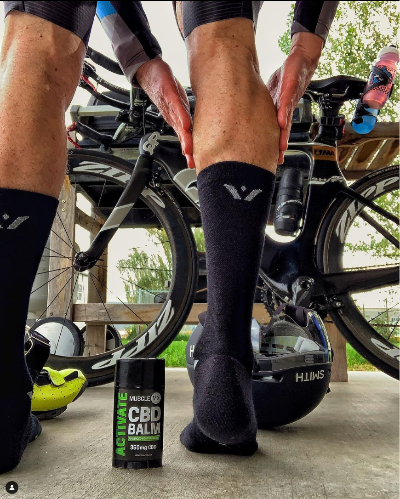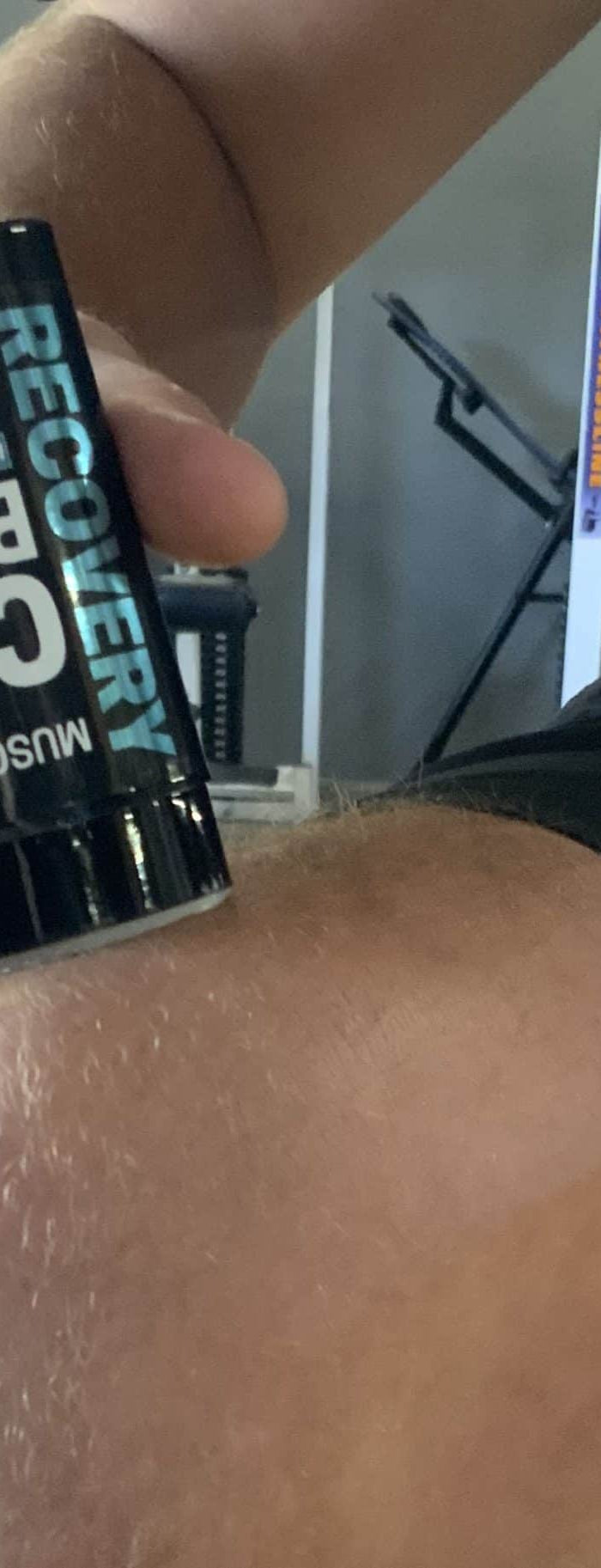Why Your Hands Really Hurt: Hidden Causes of Hand Pain [Doctor's Guide]
Key Takeaways
Understanding the hidden causes behind your hand pain can help you seek proper treatment and prevent long-term damage.
- Nerve compression causes mysterious symptoms: Carpal tunnel, ulnar tunnel, and diabetic neuropathy create tingling, numbness, and pain that often worsens at night.
- Joint conditions have distinct patterns: Osteoarthritis affects individual joints gradually, while rheumatoid arthritis strikes both hands symmetrically with prolonged morning stiffness.
- Tendon problems create specific movement pain: Trigger finger locks fingers in bent positions, while De Quervain's syndrome causes thumb-side wrist pain during gripping.
- Surprising causes include rare conditions: Ganglion cysts, Kienböck's disease, gout, and Raynaud's phenomenon can all masquerade as common hand pain.
- Early diagnosis prevents permanent damage: Many hand conditions worsen without treatment, making prompt medical evaluation crucial for preserving function.
Don't ignore persistent hand pain—your hands contain 27 bones, multiple nerves, and complex tendon systems that require proper care. What seems like simple overuse might actually be a progressive condition needing specific treatment to prevent permanent damage.
Introduction
You reach for that stubborn jar lid, ready to twist it open, but a sharp pain shoots through your hand. Or maybe you're typing away at your computer when that familiar ache starts creeping in. Sound familiar? Hand pain has a way of interrupting even the simplest daily tasks, and often, the cause isn't as obvious as you might think.
Your hands are remarkable — they contain 27 bones working together in perfect harmony to give you incredible dexterity. But this complexity also makes them vulnerable to a surprising variety of conditions. While most people know that arthritis is a common culprit behind hand discomfort, there's often more to the story than meets the eye. When you find yourself wondering "Why does my hand hurt?" during routine activities, the answer might involve nerves, tendons, or other structures you hadn't considered.
Pain that shows up first at night, discomfort that seems to worsen with age, or strange sensations like tingling and numbness — these symptoms can all point to underlying issues that go beyond simple wear and tear.
Let's explore what might really be behind your hand pain. We'll uncover both the obvious and the hidden causes, helping you understand when that nagging discomfort might be telling you something important about your hand health.
What Is the Anatomy of Your Hand?
To understand what might be causing your hand pain, it helps to know what's actually going on inside those hardworking hands of yours. Your hands are incredible pieces of biological engineering — they're built for both power and precision, which also means there are plenty of parts that can go wrong.
Bones, Joints, and Ligaments
Remember those 27 bones we mentioned? They're organized into three main groups. Your fingers contain 14 bones called phalanges — three in each finger and two in your thumb. The framework of your palm comes from 5 metacarpal bones, which connect to 8 small wrist bones called carpals.
These bones meet at joints that allow all those complex hand movements you rely on every day. The metacarpophalangeal (MP) joints — where your fingers meet your palm — are especially important for gripping and pinching. Each finger has three joints, while your thumb gets by with just two. These joints are lined with smooth cartilage that helps them glide effortlessly and absorbs the forces you put on them.
Think of ligaments as your hand's natural safety straps. These tough, fibrous tissues connect your bones and keep everything stable. The collateral ligaments run along the sides of your fingers, preventing them from bending sideways when they shouldn't. Meanwhile, the volar plate ligaments act like built-in stoppers, keeping your fingers from bending too far backward.
Tendons and Sheaths
Tendons are like strong, flexible cables made of collagen that connect your muscles to your bones. Your hand has two main tendon teams: extensors that straighten your fingers and flexors that help you curl them.
These tendons don't work alone — they travel through protective tunnels called sheaths that reduce friction and allow smooth movement. The flexor tendon sheaths are particularly important because they form a closed system that not only lets tendons glide smoothly but also delivers nutrition to keep them healthy. These sheaths even have pulley systems built in to prevent your tendons from "bowstringing" when you move your fingers.
Nerves and Blood Supply
Three major nerves keep your hands functioning: the median, ulnar, and radial nerves. The median nerve is your thumb's main controller and provides sensation to your thumb, index finger, middle finger, and half of your ring finger. The ulnar nerve powers most of your hand's small muscles and gives sensation to your pinky and the other half of your ring finger. The radial nerve primarily handles sensation on the back of your hand.
Your hands get their blood supply from two main arteries — the radial artery on your thumb side and the ulnar artery on your pinky side. These arteries form connecting arches in your palm, creating a network of smaller vessels that supply blood to each finger.
Understanding this complex setup helps explain why hand pain can have so many different causes. When any of these structures becomes damaged or irritated, you'll likely feel it during your daily activities.
Hidden Nerve Issues That Cause Hand Pain
Sometimes the most persistent hand pain comes from a source you can't see — your nerves. These issues can be tricky to pinpoint because they don't always show obvious signs like swelling or bruising, yet they can create significant discomfort that interferes with your daily life.
Carpal Tunnel Syndrome
When the median nerve gets squeezed as it passes through the narrow carpal tunnel in your wrist, you end up with one of the most common nerve problems affecting the hands. It's remarkable how such a small area can cause such widespread trouble.
The telltale signs include tingling and numbness that typically affect your thumb, index, middle, and ring fingers — but usually spare your little finger. Many people first notice these symptoms at night, often waking up with burning or shooting pain that travels up their forearm.
Here's something that might surprise you: while less than 10% of people with diabetes actually feel carpal tunnel symptoms, about 25% have some nerve compression at the wrist. Risk factors include repetitive hand movements, wrist arthritis, obesity, and diabetes. The concerning part? Without treatment, carpal tunnel syndrome can lead to permanent nerve damage and hand weakness.
Ulnar and Cubital Tunnel Syndromes
These conditions target the ulnar nerve — the second major nerve that controls your hand function. You might know cubital tunnel syndrome by a more familiar name: that uncomfortable "funny bone" sensation that happens at your elbow. Ulnar tunnel syndrome, on the other hand, occurs at the wrist and affects your pinky and part of your ring finger.
Watch for numbness, tingling, and weakness in these fingers, sometimes along with a clumsy grip or trouble with precise movements. Activities like sleeping with your elbow bent for long periods or frequently leaning on your elbow can trigger these problems.
Peripheral Neuropathy and Diabetes
Remember how we mentioned diabetes as a risk factor for carpal tunnel? It also plays a role in a broader nerve condition called diabetic neuropathy, which affects up to half of people with diabetes. High blood sugar levels damage nerves throughout the body, creating burning pain, numbness, and tingling in the hands.
The tricky aspect of diabetic neuropathy is how slowly it develops — you might not notice anything until significant nerve damage has already occurred. Your risk increases with poor blood sugar control, having diabetes for many years, being older than 40, and having obesity. Unfortunately, once nerve damage happens, it can be permanent, which makes early detection so important.
What Are Joint and Tendon Issues That Cause Hand Pain?
Nerve problems aren't the only hidden culprits behind hand discomfort. Joint and tendon conditions can be just as sneaky, often developing so gradually that you might not notice them until they're significantly affecting your daily activities.
Arthritis: Osteoarthritis vs. Rheumatoid
These two forms of arthritis might feel similar, but understanding their differences is important for finding the right treatment approach. Osteoarthritis develops from cartilage wearing down over time — it typically starts in isolated joints and often begins in just one hand. Rheumatoid arthritis tells a different story. It's an autoimmune condition where your immune system mistakenly attacks the lining of your joints. RA usually affects both hands symmetrically and can progress much more rapidly.
Here's a key way to tell them apart: morning stiffness. With osteoarthritis, that early-morning stiffness usually improves within about 30 minutes. With rheumatoid arthritis, it can persist for an hour or longer.
Trigger Finger and Tenosynovitis
Trigger finger gets its name from exactly what it sounds like — your finger gets stuck in a bent position and then suddenly snaps straight, like pulling a trigger. This happens when a tendon can't glide smoothly through its sheath, either because the sheath has become swollen or a small nodule has formed on the tendon. The ring finger and thumb are the most common targets.
Tenosynovitis is the broader term for inflammation affecting a tendon and its protective sheath. While it can occur anywhere, it's particularly common in the hands. Repetitive movements, infections, or autoimmune conditions can all trigger this inflammation.
De Quervain's Syndrome
This condition affects the tendons on the thumb side of your wrist, causing pain when you turn your wrist, grasp objects, or make a fist. There's actually a specific test doctors use to diagnose it — the Finkelstein test — where you bend your thumb across your palm and then bend your wrist toward your little finger. If you have De Quervain's syndrome, this movement will typically cause pain.
Tendonitis from Overuse
Sometimes your hands simply can't keep up with the demands you're placing on them. When repetitive movements damage muscles faster than your body can repair them, tendonitis develops. You might notice pain, swelling, tingling, weakness, or stiffness in the affected area. Activities like typing, playing musical instruments, or working on an assembly line can all increase your risk of developing this condition.
Remember, these conditions often start small and build over time, which is why they're easy to dismiss initially. But recognizing the early signs can help you address them before they significantly impact your hand function.
What Are Some Surprising Causes of Hand Pain?
Hand pain doesn't always come from the usual suspects. Sometimes, the source of your discomfort might be something you'd never expect. Let's explore some of the more surprising causes that could be behind your hand pain.
Ganglion Cysts
These fluid-filled lumps can pop up on the back of your wrist or anywhere along your hand and fingers. While ganglion cysts are typically harmless, they can cause trouble if they press against nearby nerves, leading to tingling or numbness. Think of them as "balloons on a stalk" — they can change size and sometimes even disappear on their own.
Kienböck's Disease
This rare condition affects the lunate bone in your wrist when its blood supply gets cut off. Without proper blood flow, the bone gradually collapses, causing wrist pain, swelling, and weakness in your grip strength. The tricky part? Early symptoms often feel just like a simple wrist sprain, making it easy to overlook.
Gout and Other Inflammatory Conditions
Most people think of gout affecting the big toe, but it can strike hand joints too. When uric acid crystals form in your joints, they cause sudden, intense pain along with swelling, redness, and tenderness. Your diet — particularly foods high in red meat and seafood — along with alcohol consumption can increase your risk.
Cold-Induced Pain and Raynaud's Phenomenon
Raynaud's phenomenon causes your blood vessels to overreact to cold or stress. During an episode, your fingers go through a color change — first white, then blue, finally red — accompanied by pain, tingling, and numbness. This condition affects about 1 in 20 Americans.
Can CBD Help With Hand Pain?
Recent research suggests CBD topical treatments might offer relief for hand discomfort. One study found that applying CBD cream twice daily led to a 60% reduction in basal joint arthritis pain. Participants also saw significant improvements in hand function without negative side effects. However, it's important to note that the FDA hasn't yet approved CBD for treating osteoarthritis.
Remember, identifying the root cause of your hand pain is essential for finding the right relief approach.
Final Thoughts
Hand pain is rarely as straightforward as it first appears. What seems like simple overuse or a minor ache can actually signal something more complex happening beneath the surface. Remember, your hands contain an intricate network of 27 bones, multiple nerves, and complex tendon systems — and any of these structures can be the source of your discomfort.
Nerve compression issues like carpal tunnel syndrome affect millions of people, yet many wait far too long before seeking help. The same goes for conditions like diabetic neuropathy or ulnar tunnel syndrome, which can quietly damage hand function while going unrecognized for years.
Joint and tendon conditions tell their own stories through distinctive patterns. The morning stiffness that lasts over an hour might point to rheumatoid arthritis, while that catching sensation in your finger could be trigger finger. De Quervain's syndrome creates its own unique thumb-side pain, and each condition benefits from its own targeted approach.
Then there are the surprising culprits — ganglion cysts that appear and disappear, Kienböck's disease affecting a single wrist bone, or Raynaud's phenomenon triggered by cold exposure. These less common conditions affect thousands of people who often struggle to get proper answers.
Understanding these potential causes puts you in control of your hand health. Persistent hand discomfort rarely improves on its own, especially when it stems from progressive conditions that worsen without proper care. If you're experiencing ongoing hand pain, consulting with a healthcare professional is your best next step.
Your hands work hard for you every day. With the right diagnosis and treatment approach, you can get back to using them comfortably and confidently. Don't let mysterious hand pain keep you from the activities you enjoy — the answers are out there, and relief is possible.
FAQ's About Hand Pain
Q: What are some unexpected causes of hand pain?
A: Unexpected causes of hand pain can include nerve compression syndromes like carpal tunnel, tendon conditions such as trigger finger, rare diseases like Kienböck's disease, and even cold-induced pain from Raynaud's phenomenon. It's important to consult a healthcare professional for proper diagnosis and treatment.
Q: How can I distinguish between different types of arthritis in my hands?
A: Osteoarthritis typically affects individual joints gradually and morning stiffness improves within 30 minutes. Rheumatoid arthritis, on the other hand, usually affects both hands symmetrically and morning stiffness lasts longer than an hour. A medical evaluation is crucial for accurate diagnosis.
Q: Can diabetes cause hand pain?
A: Yes, diabetes can cause hand pain through diabetic neuropathy, which affects up to half of people with diabetes. High blood sugar can damage nerves, leading to burning pain, numbness, and tingling in the hands. Early detection and proper blood sugar control are essential to prevent permanent nerve damage.
Q: What is De Quervain's syndrome and how does it affect hand function?
A: De Quervain's syndrome is a painful condition affecting tendons on the thumb side of the wrist. It causes pain when turning the wrist, grasping objects, or making a fist. The condition can be diagnosed using the Finkelstein test and may require specific treatment to alleviate symptoms.
Q: Are there any promising new treatments for hand pain?
A: Recent research shows promise for CBD topical treatments in managing hand pain, particularly for basal joint arthritis. One study reported a 60% reduction in pain with twice-daily CBD cream application. However, it's important to note that the FDA hasn't yet approved CBD for treating osteoarthritis, and you should consult with a healthcare provider before trying any new treatments.
Sources
https://www.hopkinsmedicine.org/health/conditions-and-diseases/hand-pain-and-problems
https://www.webmd.com/pain-management/hand-pain-causes
https://ctorthomidstate.org/patient-support/news/news-detail?articleId=59667&publicid=781
https://newyorkhandandnerve.com/services/hand-upper-extremity/causes-hand-wrist-pain/
https://www.health.harvard.edu/topics/hands
https://www.physio-pedia.com/Wrist_and_Hand





















































